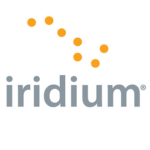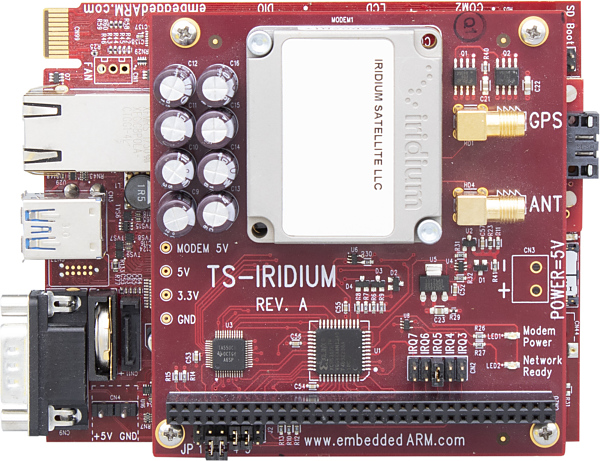Imagine for a moment that you’re in charge of a new scientific research project where a remote device will be deployed to automatically collect data samples and report back to the lab. The device might be deployed several times to different locations throughout the year, and one requirement is that a scientist back at the lab can send a command to actuate some mechanical device, like a motor, and respond with collected data or status at any given time. For a project like this, you’ll need to somehow wirelessly communicate with the device. These remote areas are likely well beyond the reach of cellular or other far-reaching radio signals. Home
Enter the Iridium global communication satellite solution. With a constellation of over 60 low orbit satellites, it covers the entire globe allowing communications to and from any location you might deploy your device to. The Iridium service is used by many organizations that rely on global coverage such as Garmin’s InReach and similar products to ensure the safety of outdoor enthusiasts, forest service personnel, and aid in search and rescue efforts.
In our scientific research project scenario, this technology fits perfectly with the communication requirements, but there are other considerations. For instance, the computer system that will be using sensors and actuators to collect and perform actions in the environment needs to be able to function reliably where there isn’t a proper power grid and temperatures swing from one extreme to the next.
Enter the Technologic Systems line of embedded computers, which have very low power requirements and are engineered to withstand even the harshest environments. These computers can run off of a battery for a long time and are easily powered using solar, wind, or water energy. Operating temperatures are advertised as -40 °C to 85 °C (industrial temperature range), enough of a range to deploy to anywhere on the planet. They are easy to program and have a host of inputs and outputs to connect sensors and actuators that make automation straightforward.
Pairing Iridium with a Technologic Systems embedded computer would satisfy the requirements for this scientific project in a big way, not to mention reducing the time it would take to deploy and get started collecting data!
This is the TS-IRIDIUM peripheral paired with the TS-7800-V2 single board computer. This embedded solution uses an Iridium 9602 short burst data modem, giving you access to the entire Iridium satellite constellation. The embedded computer is powered by a fanless, dual-core 1.3 GHz ARM CPU and has tons of GPIO, several analog to digital converters (ADC) and UARTs for gathering sensor data and controlling external components. The TS-7800-V2 and TS-IRIDIUM combined require less than 5 W of power to operate, and only consume an extremely low 3 mW power while in sleep mode.
The TS-IRIDIUM along with the Iridium modem command set are fully documented on our website. The documentation covers topics such as how to check for proper Iridium antenna positioning for best performance as well as a quick start tutorial on sending and receiving your first message. The TS-7800-V2 manual contains plenty of reference code for interfacing with sensors and other devices through UARTs or GPIO pins. These resources give you a jump start on your project so you can reliably send computer commands and gather data remotely.
The Iridium global communications technology paired with Technologic Systems’ line of products makes for a very compelling solution to any project where wireless communications and low power are requirements.
If this example scenario sounds like something similar to what you’re needing, we encourage you to reach out to our sales team today either by phone (480-837-5200) or email to discuss getting this technology in your hands as soon as possible. Home




